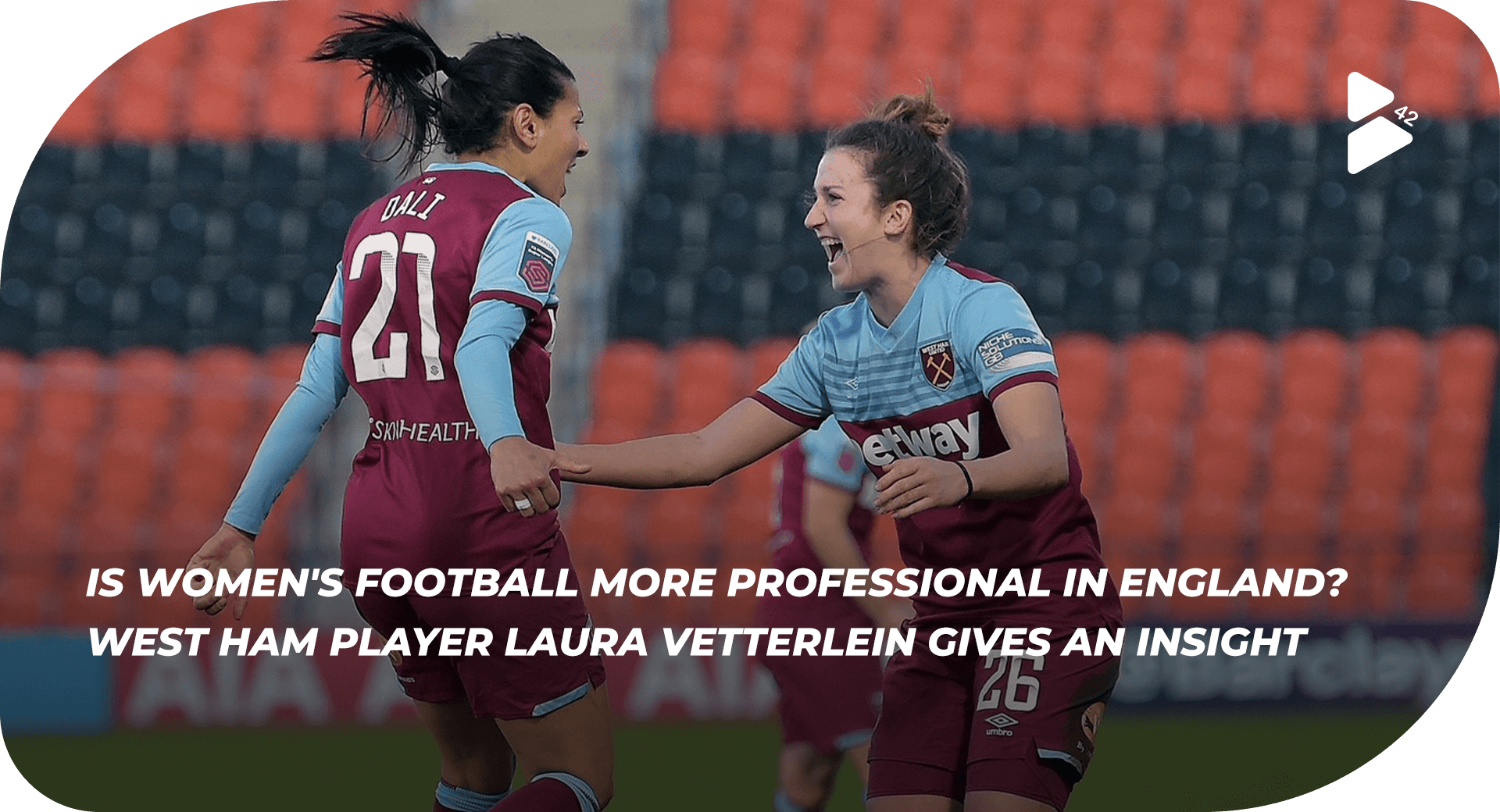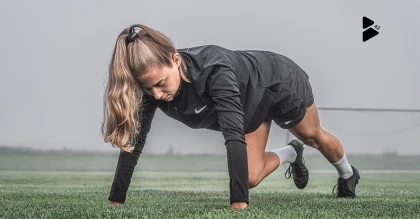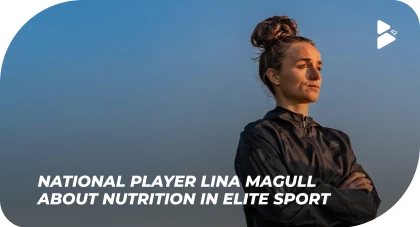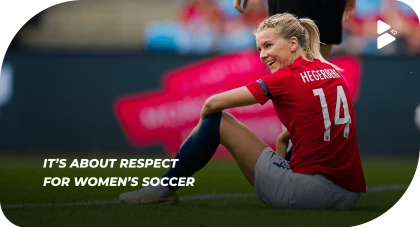Lina Magull's blog, in which she points out how the attention and recognition of women's soccer in Germany can be increased, rightly attracted attention last year.
However, this attention was not granted to her because of blatant slogans, not because of populist exaggerations. No, in it she described in a factual manner and with strong arguments ways in which we can move women's soccer forward in Germany. Lina also drew comparisons with the Barclays FA Women's Super League (FAWSL), the first women's soccer league in England.
And it's true, the level of professionalism in British women's soccer is far higher than in the Flyeralarm Bundesliga. As a player at West Ham United, I see this firsthand. I would therefore like to make an attempt to highlight concrete differences. Just like Lina, I'm not interested in badmouthing anything. It's about pointing out concrete approaches on how things can be better, how we can learn from others.












